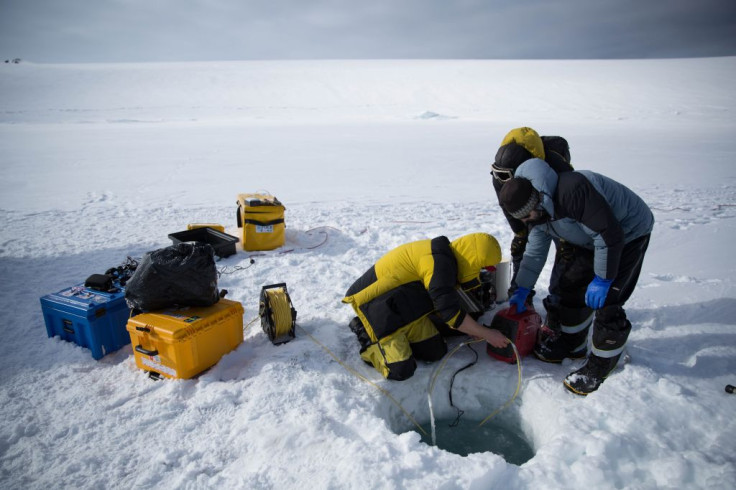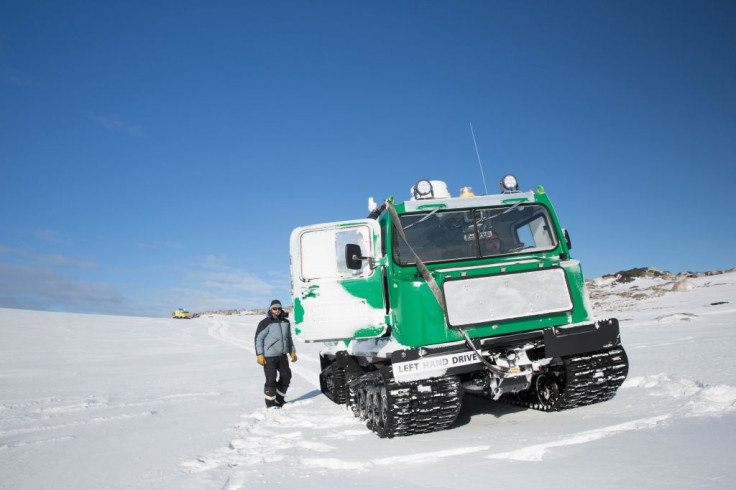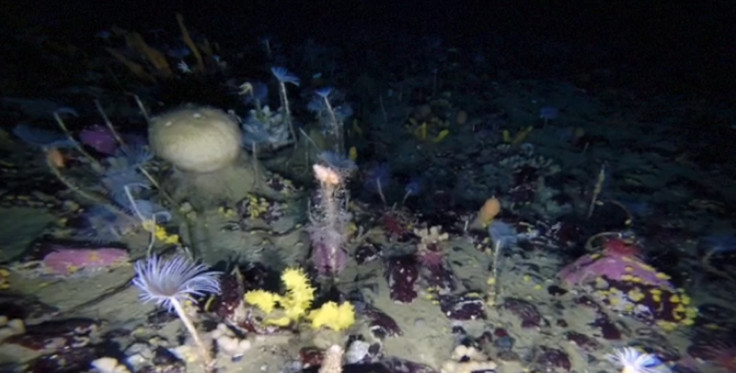Incredible rare footage reveals the underwater world where creatures live beneath the Antarctic sea ice
A robotic vehicle filmed some of the world's toughest animals and plants beneath the ice sheet.
An underwater robot has travelled underneath the sea ice in East Antarctica to monitor the living creatures and plants that manage to survive there.
The water temperature is, on average, -1.5C underneath the ice sheet, and sea ice of about 1.5m covers these living things for about 10 months of the year. But sea sponges, sea spiders, sea cucumbers and starfish manage and other Antarctic wildlife stick it out and thrive all year round.
Glenn Johnstone, a biologist in the Australian government's Antarctic division, was part of the team that released the robotic vehicle from O'Brien Bay, near the Casey research station in East Antarctica.

"When you think of the Antarctic coastal marine environment, the iconic species such as penguins, seals and whales usually steal the show," Johnstone says. "This footage reveals a habitat that is productive, colourful, dynamic and full of a wide variety of biodiversity."
The environment may be extreme but the sealife there is well adapted to it. However they face challenges other than the permanently chilly waters and winters without light.
"Occasionally an iceberg may move around and wipe out an unlucky community, but mostly the sea ice provides protection from the storms that rage above, making it a relatively stable environment in which biodiversity can flourish."
As well as documenting the colourful life beneath the sea ice, the robot is measuring the water's acidity, oxygen content, salinity and temperature. The scientists are hoping to use the data to understand more about the threats these species face from climate change.

A quarter of carbon dioxide emissions are absorbed by the oceans, which can change the water's acidity.
"Carbon dioxide is more soluble in cold water. Polar waters are acidifying at twice the rate of tropical or temperate regions, so we expect these ecosystems to be among the first impacted from ocean acidification," said project leader Johnny Stark.
"Antarctica may be one of the first places we see detrimental effects of ocean acidification on these organisms."

© Copyright IBTimes 2025. All rights reserved.






















